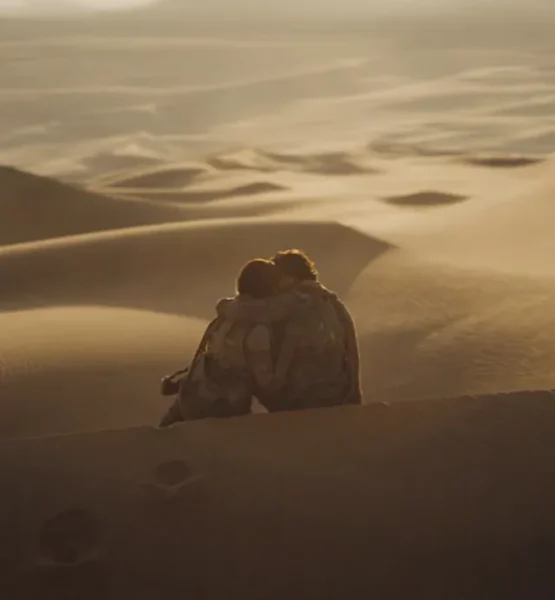Fast fashion impacts environment forcing many consumers to find other ways to shop
Many consumers are aware of the fast-fashion crisis, and recently there have been multiple efforts to both educate shoppers about the harmful effects of fast fashion and find alternatives that are appealing.
“[Fast fashion is] inexpensive, trendy, it’s usually a fashion fad, so it comes in and out of style quickly. You may see it again generations later, but the clothing was made so cheaply it’s not going to last,” Fashion Construction teacher Jamie Daughaday said.
Most clothing is made from water. In fact, according to Common Objective, almost 100 billion cubic meters of water are used in the production of fashion per year. Environmentalists appear to be concerned about the use of this nonrenewable resource.
“We have very little usable water left on Earth, actually, less than half of a percent of all of the water left on Earth is truly drinkable at this point,” Earth Environmental Science teacher Stephanie Allen said.
While industrial manufacturing processes require water, they also emit fossil fuels such as carbon dioxide that become trapped in Earth’s atmosphere.
“The manufacturing process of things is so bad for the environment. It puts so much CO2 and other bad pollution, gases, into the air,” Allen said. “They act as greenhouse gases, which are good to a certain amount, but then we have so many extra greenhouse gases that are warming up our Earth.”
The fashion industry contributes around 10 percent of global carbon emissions per year, according to The World Bank. However, these emissions do not come from the everyday consumer, they are released from the factories—mostly overseas—that manufacture clothing.
“They’re going to make little changes and a lot of little changes will add up to make a difference, but I think it goes much higher than us consumers,” Allen said.
As of late, many consumers have become conscious of global warming—an extremely controversial debate that has been ongoing for years around the globe—and have attempted to make small changes, such as thrifting, in order to become more environmentally friendly.
“Every little thing that we do will cause—hopefully help cause—the manufacturers to see that this is something that their consumers want and that hopefully, they’ll step up and make those changes too,” Allen said.
The hope of Allen and those with similar stances on global pollution is that companies will be motivated to turn to sustainability to achieve their customer’s attention and money if consumers consistently push for more environmentally friendly products.
“We need to be able to reuse our fashion, repurpose it,” Allen said.
Repurposing fashion in ways such as upcycling—turning old products into new, useful products—is one way that consumers have become innovative in their efforts to lessen their carbon footprint.
“I think that’s the best way to make something really unique while still on trend or whatever your style is while still being environmentally friendly,” assistant manager at Found—a local second-hand store—Ali said.
Thrifting has become increasingly popular among younger generations. This can be credited to increasing concern about the environment and the low price point of used clothes.
“It’s three times the price so you’re paying for something you probably don’t even want that 10 other people have whereas you can go to a thrift store and find something that’s one of a kind and that no one will have, and it’s cheaper,” Ali said.
The convenience of fast fashion and online shopping is difficult for buyers to ignore, even if they are aware of the environmental effects surrounding it.
“It’s hard to break out of because I think it’s so convenient to get on Amazon, to get on Shein, to get on Fashion Nova,” Ali said.
Ali agreed that fast fashion has a grip on consumers. This grip does not appear to be loosening as the rate of clothing being purchased continues to rise.
“I don’t think fast fashion is going anywhere just because it’s something you get on trend, even if you know it’s going to go out of style,” Daughaday said. “It’s not going anywhere, sadly.”

I'm Ava, and I am a senior at OHS and the Managing Editor-in-Chief of The Prowl. In my free time, I like to read (especially historical fiction), go shopping,...
















